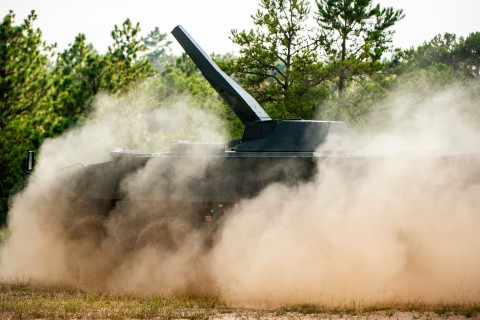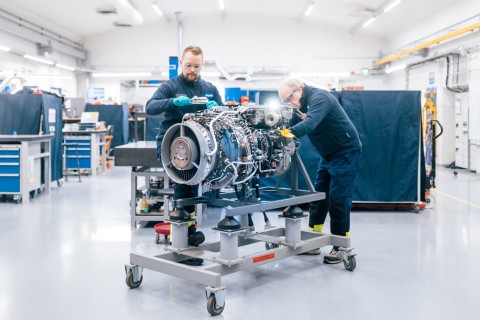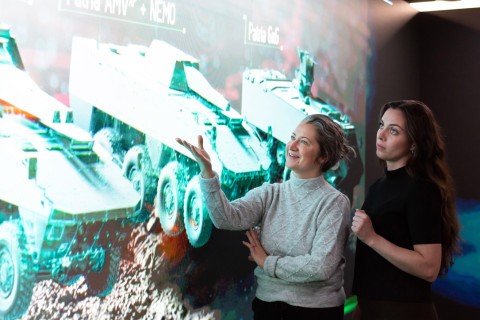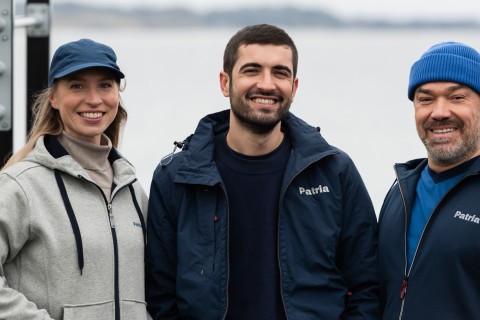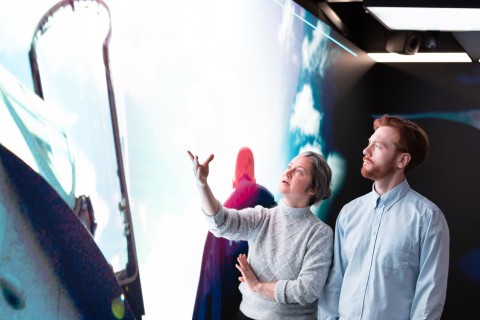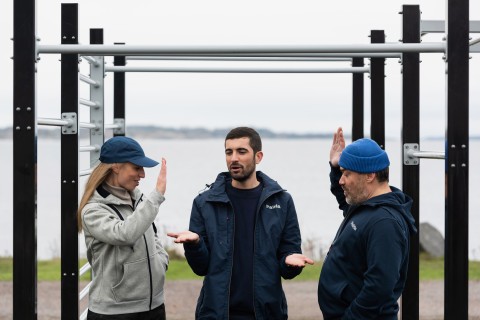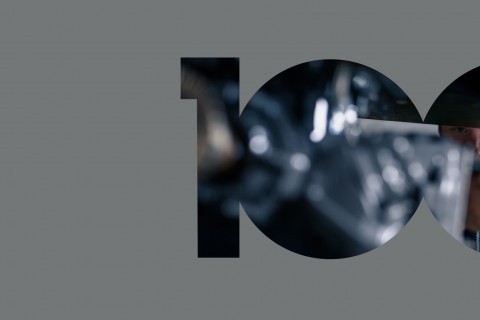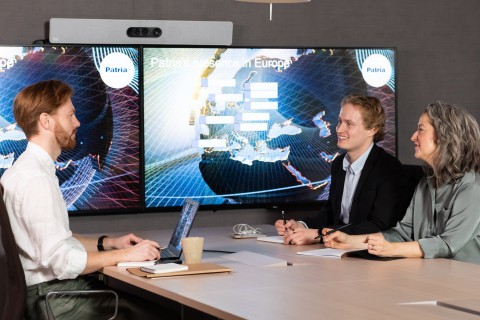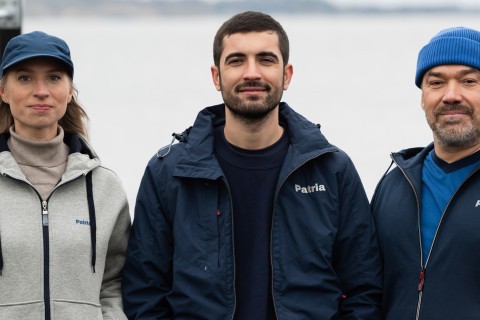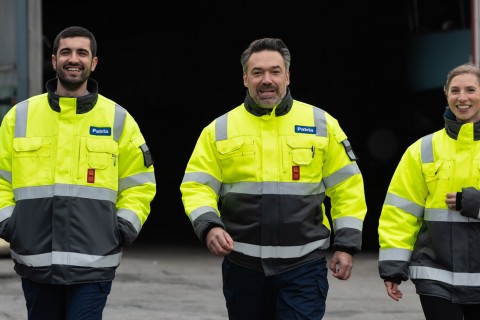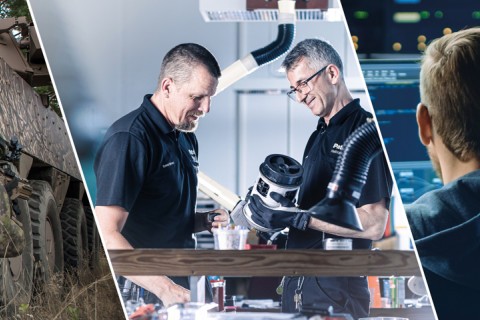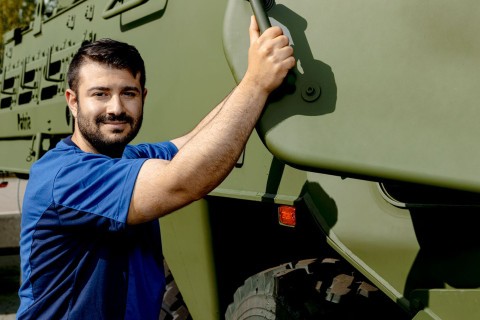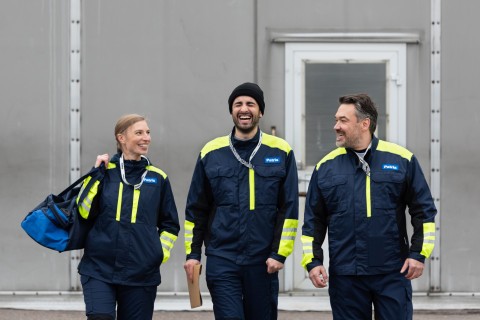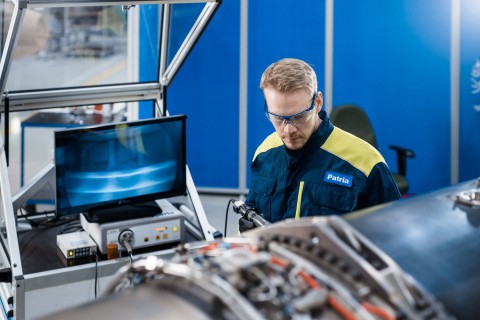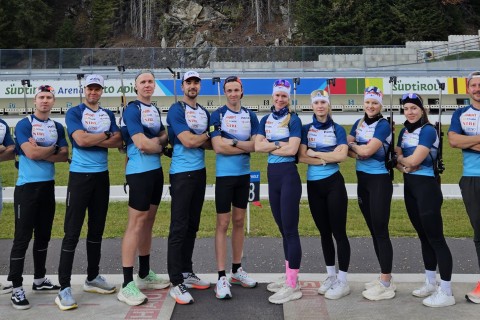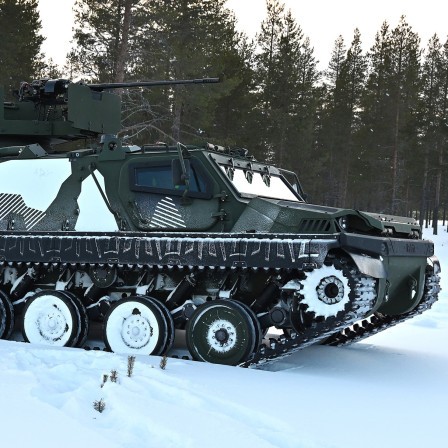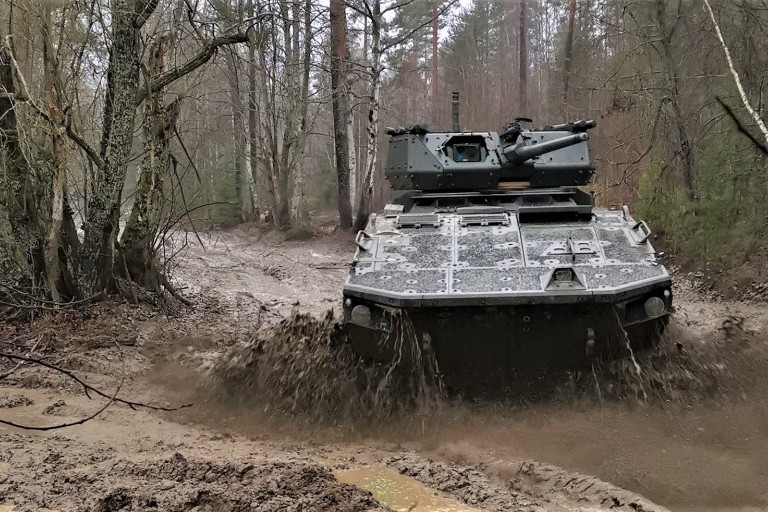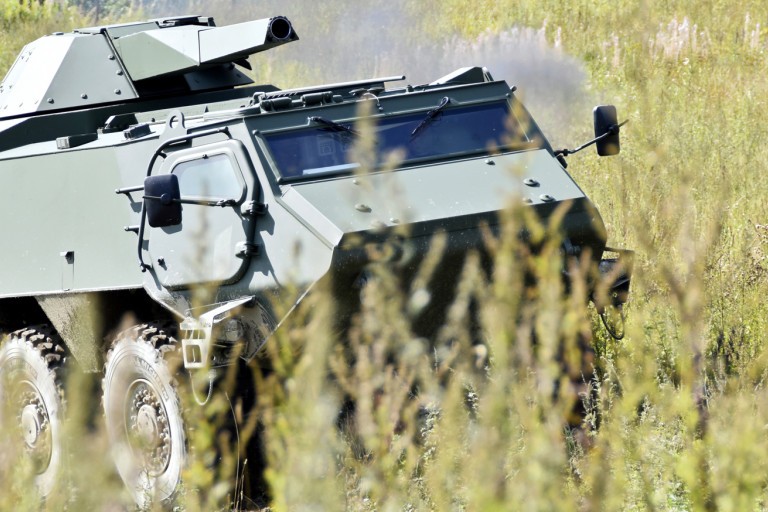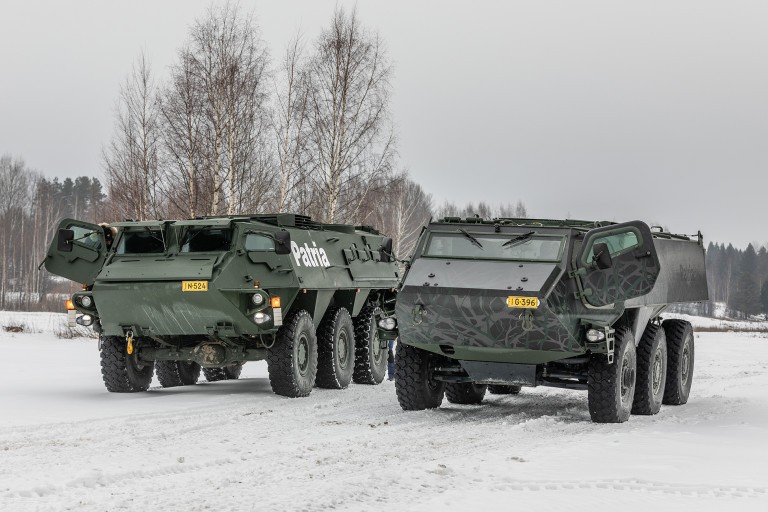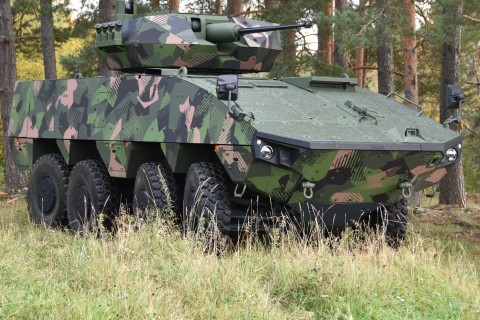
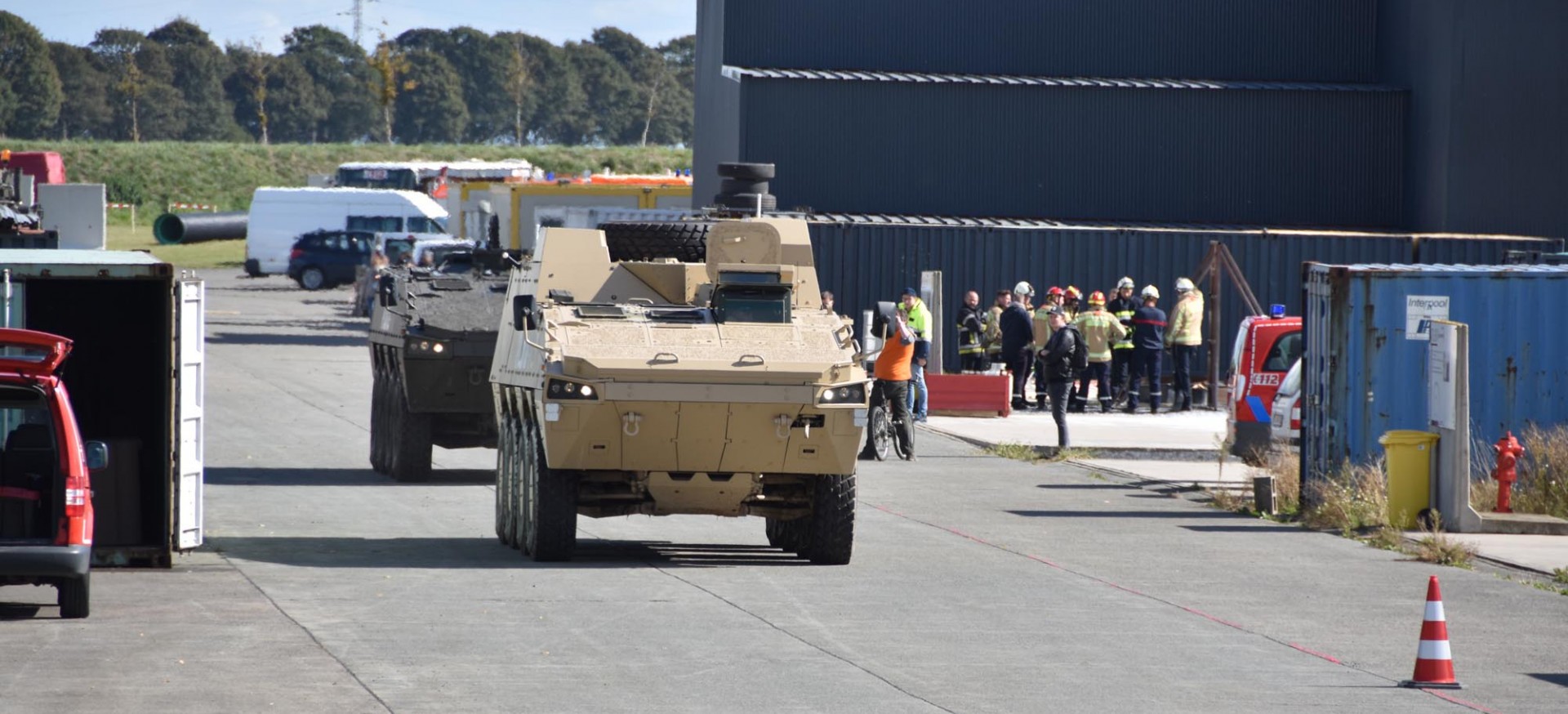
The unmanned Patria AMV: development focusing on remote control
2.5.2019
The development of Patria’s unmanned vehicles is now focusing on remote control. For customers, this is a natural step towards unmanned vehicles.
Matti Saarikko, Director, Technology Management for Patria Land, says that the development of vehicles in the Patria AMV 8X8 product family will continue as planned, and one of the development focus areas will now be on remote control. “For many customers, remote operation is the natural next step. However, it will still be a long time before people can be completely replaced and we’ll be able to deploy fully automated vehicles,” says Saarikko.
Good feedback on R&D
The development of unmanned vehicles for reconnaissance, support and combat missions is a hot trend in the defence sector around the world. “Customers need remote controlled vehicles, particularly for dangerous missions in which they don’t want to deploy people,” says Saarikko. Patria demonstrated its unmanned vehicle last autumn in Belgium at ELROB (European Land Robot Trial). The event’s main organiser was a German Fraunhofer Institute specialising in applied technology. Saarikko says that Patria’s AMV received a lot of positive feedback in test drives. “Positive feedback from an impartial jury shows that we’ve developed a credible unmanned vehicle. Patria's solution is already close to being the kind of product that customers can use.” Since ELROB, Patria has continued demonstrating its vehicles unmanned capabilities to customers, and has arranged demonstrations relevant environment in Finland. Saarikko notes that, in addition to the new vehicles, one of the benefits of the Patria system is that the autonomous function can be integrated into all existing Patria AMV vehicles. Patria has sold about 1,600 vehicles to the defence forces of various countries.
Efficient Remote control in off-road conditions requires advanced technology
Patria’s unmanned vehicle has been designed to be a high-performance vehicle that is equipped with a control system to replace the driver. “Remote control requires advanced sensor suite and secure communication system to be able to transfer sensory perceptions to the controller,” says Saarikko. The remote controller is assisted with set of sensors, that include optical, acustic, radar sensors that scan the surrounding environment. There is also a lot information gathered from the vehicle itself to know how its behaving and functioning. As these sensors collect lots of data, it should be considered how to keep the amount of transferred data reasonably low and with minimum latency. As especially in demanding off-road locations data transfer capacity may be limited.
What did you like about the article?
Thank you for your opinion! You can share the article on social media using the buttons below:
